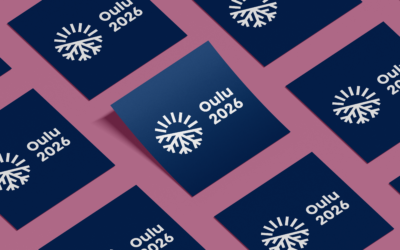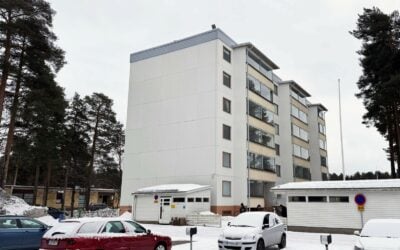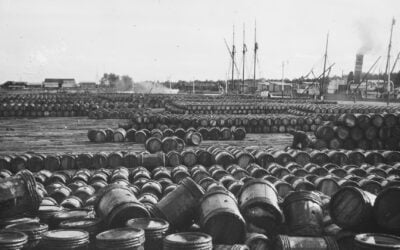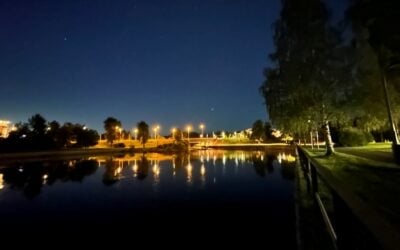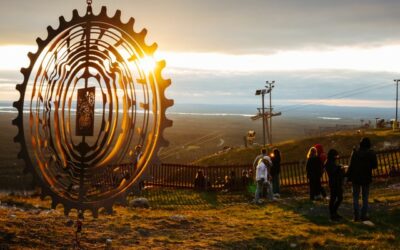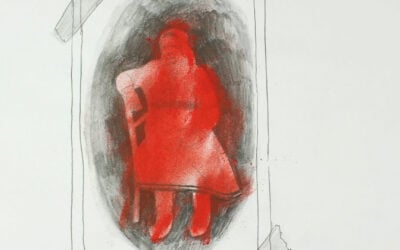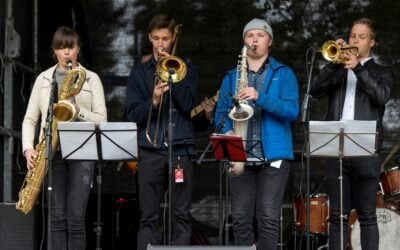The implementation area of the Oulu2026 cultural capital programme includes 32 other municipalities in addition to Oulu, which is a lot when looking at the history of European Capitals of Culture (ECoCs). The area is broad also geographically: it includes cities and municipalities from Kainuu, Sea Lapland as well as from Northern Ostrobothnia. Work to win the competition for the title of cultural capital and the journey towards the year 2026 demands investments from the entire northern implementation area. Luckily there is a strong desire for collaboration as the involved municipalities are excited about including their cultural projects into the programme. The commitment to the shared values of the activity, such as social and ecological responsibility, has also been unanimous.
Diverse Ways of Collaboration
The partner municipalities are each collaborating in the cultural capital work according to their resources and chosen points of focus; collaboration with municipalities can mean for example planning together new art and cultural content for the year 2026 based on the cultural heritage of the area. The contribution of a partner municipality can also be a project that they do by themselves or in contribution with local operators; for example, a festival for which something special is developed for the cultural capital year as a part of the Oulu2026 programme.
Participating in the programme can also mean content work that unites several municipalities; many municipalities have had the type of cooperation, already before the programme, with neighbouring municipalities, where the offering goes well together with the capital of culture programme in terms of the themes and ways of execution. Also, the delightful message from the field is that the capital of culture programme has already now refreshed the mutual collaboration within the area.
There has been an attempt to do the collaboration so that it would answer to the needs of all the participating municipalities and would reflect, for example regarding the cultural programme, those themes that are seen as important in each particular region. The collaboration is also continuously being developed more and more into this direction. This can already be seen in the Oulu2026 programme, and especially in its cultural programme, for example in networking collaborations and open programme applications. This development will continue strong in the future as the cultural programme is expanded and diversified further on the journey towards the year 2026.
In all of this collaboration there is also present a strong international dimension – after all, a reciprocal dialogue with Europe has been essential in the birth of the European Capital of Culture concept, remains essential for the concept today and will be essential for it in the future. By working together, we achieve the greatest benefits, and this can be seen not only in the working methods, but also in the bigger picture: the new winds blowing our way from Europe are at least as significant as achieving international coverage and new European audiences. What can we learn from past and present capitals of culture, sister cities and from other international partners? What kind of methods are used to develop responsible tourism for example in the rural regions of Southern Europe?
A Broad Implementation Area Enables an Imposing End Product
In practice the collaboration at this point is done mostly with individuals designated by municipalities as liaison officers or members of the delegation. Through them we strive to form a dialogue with the whole area; we want to hear about situation updates and new ideas from the municipalities, as well as share the news about each phase of developments regarding the Oulu2026 team and programme. Indeed, this collaboration is largely also communication and marketing work and we work with a local communication and marketing network to strengthen it. The network consists of individuals chosen by the municipalities.
In addition to the municipalities there are plenty of other operators from the region participating in the programme, such as individuals from the fields of art and culture, operators from the tourism sector and professionals from the field of technology. The participating municipalities have, for example, many third sector actors, such as associations from different fields that have extensive local knowledge and significance. Who would know about the phenomena of the region, such as about traditional food culture, innovative people or subculture operators, better than the locals? We already have many wonderful programmatic examples of this for example in Kuusamo, Kajaani, Oulu and Pudasjärvi.
We want to network to many directions: It is extremely important to maintain already existing relationships and to create new partnerships both amongst municipalities and across different fields. We work on this collaboration and encourage to develop thinking outside the box: in addition to the familiar partners of art and culture, such as tourism operators, we create new connections regarding projects, for example with professionals of agriculture.



